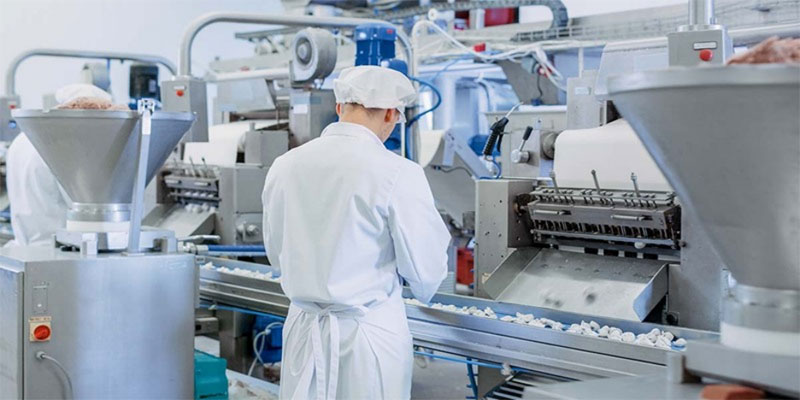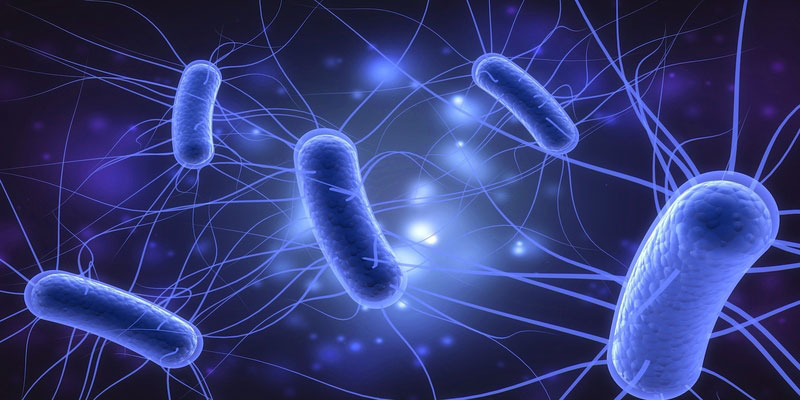The bacteria known as Escherichia coli (E. coli) is often found in the digestive systems of humans and other mammals. E. coli O157:H7 is a strain of E. coli that may cause severe intestinal illness in humans. Shiga toxin-producing E. coli (STEC) is the name given to E. coli O157:H7 and similar strains that cause gastrointestinal illness. Many individuals who become sick with E. coli end up getting well. However, it may cause serious, even fatal, consequences. These problems are more likely to occur in patients with compromised immune systems, pregnant women, infants, and the elderly. We describe the signs and symptoms of E. coli infection, the most prevalent routes of transmission, and the best methods for avoiding and overcoming this illness.
Overview Of E. Coli
Humans and other mammals with a warm body temperature have the bacteria Escherichia coli (E. coli) in their digestive systems. In most cases, E. coli bacteria won't hurt you. Unfortunately, some strains, particularly Shiga toxin-producing E. coli (STEC), may result in life-threatening food poisoning. Raw or undercooked ground beef products, raw milk, and particularly infected raw vegetables and sprouts are the most common vectors for human infection. Toxins generated by STEC have been dubbed "Shiga-toxins" because of their similarities to those produced by Shigella dysenteriae. The optimal temperature for STEC growth is 37 degrees Celsius. However, the organism may thrive in temperatures as low as 7 degrees Celsius. Some STEC can grow on meals with a pH as low as 4.4 and foods with an aW as low as 0.95. Foods contaminated with STEC may be safely consumed if they have been cooked to a temperature of 70 degrees Celsius or above throughout. This strain of E. coli is known as O157.
Symptoms Of E. Coli

Diseases brought on by STEC are characterized by stomach pains and diarrhea, which may develop into bloody diarrhea in rare instances (hemorrhagic colitis). Fevers and nausea/vomiting are other possible side effects. An incubation time of 3–8 days is possible, with four days being the most common. While most people get well within ten days, a tiny percentage (especially young children and the elderly) might develop a life-threatening condition like haemolytic uraemic syndrome from the infection (HUS). Acute renal failure, hemolytic anemia, and thrombocytopenia are the hallmarks of HUS. Ten percent or more of those infected with STEC may go on to develop HUS, with a 3-5% death rate per case. HUS is the most prevalent cause of acute renal failure in children. About 25% of people with HUS have neurological problems.
Sources And Transmission
Since serotype O157:H7 can be distinguished biochemically from other E. coli strains, this strain is the focus of most of the existing STEC literature. In most cases, cattle serve as the reservoir for this virus. Additionally, additional animals and birds have been discovered to be affected, and other ruminants, including sheep, goats, and deer, are considered important reservoirs. Most cases of E. coli O157:H7 infections in people have been traced back to eating raw or undercooked ground beef products or drinking raw milk. It is also possible to get infected due to feces entering the water supply or other foods or via cross-contamination in the kitchen. E. coli O157:H7 outbreaks have been linked to various foods that haven't been cooked, including raw milk cheese, yogurt, and salami. A growing body of evidence suggests that contamination of food sources with home feces is to blame for several epidemics linked to their ingestion.
Prevention Of E. Coli
Infection control measures must be implemented across the whole food production and distribution chain, from farming to processing, manufacturing, and even home cooking.
Industry Of E. Coli

Potentially beneficial ground beef risk reduction measures include Even. At the same time, STEC is less likely to be present in goods that have undergone clean slaughtering procedures, but it may still be present. It is crucial to educate agricultural workers, butchers, and others engaged in food production on handling food hygienically to minimize the risk of microbial contamination. Foods contaminated with STEC may only be safely consumed after they have undergone a bactericidal treatment, which includes Cooking, pasteurization, or irradiation.
Household
As with other food-borne illnesses, you may reduce your risk of contracting E. coli O157:H7 by following standard precautions. The spread of microorganisms responsible for many food-borne illnesses may be prevented, and so can food-borne disorders caused by STEC, by following the basic good hygiene standards outlined in the WHO "Five keys to safer food."
Conclusion
In healthy humans and animals, Escherichia coli (E. coli) is a common resident of the digestive tract. There is usually no need to worry about this bacterium. It aids in the breakdown of the food you consume. Diarrhea, stomach aches and cramps, and a little temperature are all symptoms that certain E. coli strains may bring. An infection with E. coli is potentially life-threatening in certain cases.




